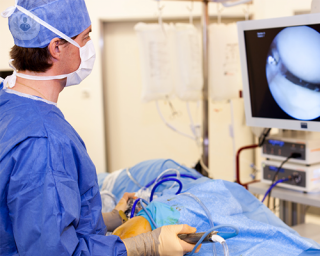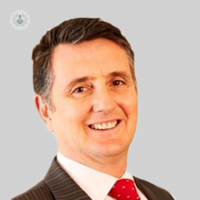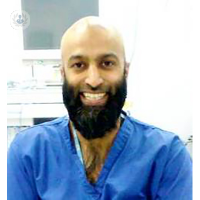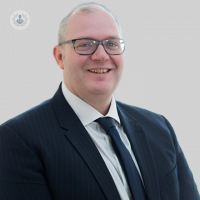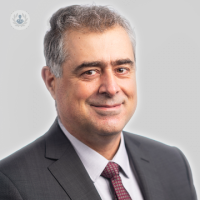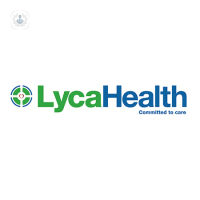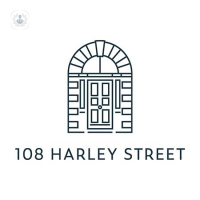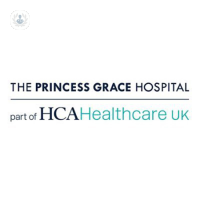Elbow arthroscopy
Professor Roger van Riet - Orthopaedic surgery
Created on: 11-13-2012
Updated on: 08-01-2023
Edited by: Carlota Pano
What is elbow arthroscopy?
Elbow arthroscopy is a minimally invasive technique. Through small incisions, and with the help of a small camera, the specialist can work inside the elbow joint to diagnose and treat pathologies that were previously more difficult to identify and which required a more aggressive surgical approach.
The surgery is performed under local and regional anaesthetic, numbing only the arm to be operated on. In most cases, it is performed on an outpatient basis and you will be able to go home within a few hours of the intervention.
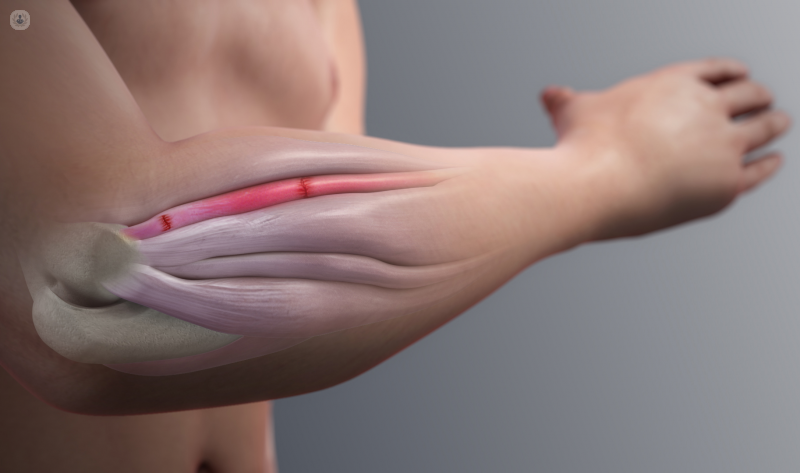
Why is it performed?
This technique is used to treat many different elbow pathologies. Elbow procedures are increasingly performed through arthroscopy, either inside the joint or in the surrounding structures (tendons and nerves). The most common indications for this technique are:
- Stiffness and/or loss of elbow mobility
- Locked joints
- Tennis elbow or epicondylitis
- Cartilage injuries (osteochondritis dissecans)
- Joint trauma and fractures
- Elbow arthrosis and rheumatoid arthritis
- Some cases of ligament instability of the elbow
- Bicep tendon rupture
- Ulnar nerve entrapment
What does it involve?
Arthroscopy is used to treat various elbow pathologies. To do this, the orthopaedic surgeon will make small incisions to access the injury and visualise the joint. There are many advantages to arthroscopy, as it offers a direct view of the pathology, a more complete understanding and diagnosis, as well as a very precise treatment. Making small incisions is also advantageous, as it reduces postoperative pain, the loss of elbow mobility, the risk of wound infection, and sometimes does not require joint immobilisation after surgery.
Preparing for elbow arthroscopy
A prior evaluation by the traumatologist will always be necessary. The orthopaedic surgeon must have expertise in using this technique to ensure the best possible outcome. In the prior studies, tests will be carried out to evaluate the functionality of the joint and to assess whether arthroscopy will be the most suitable technique. X-rays, MRI scans and mobility studies will be performed.
Post-operative care
Arthroscopy is generally a minimally invasive technique, so recovery is faster than with open surgery. In addition, postoperative pain is less and elbow mobility will start to improve a few days after surgery, even the day after in some cases. However, this depends on the individual case, which the specialist will assess, as some injuries require more immobilisation than others.
Alternatives to this treatment
If you have an elbow injury, it is essential that you see a specialist who is well-trained in that particular condition or injury. Arthroscopy of the elbow joint is perhaps the most hazardous, due to the potential damage to the surrounding neurovascular structures. The specialist will tell you whether arthroscopy is the best option for you, and will explain other procedures that can be used. These include elbow arthroplasty and other techniques.

